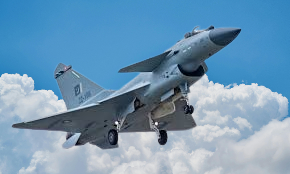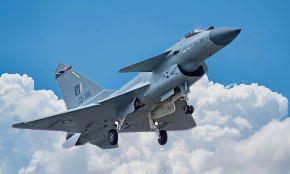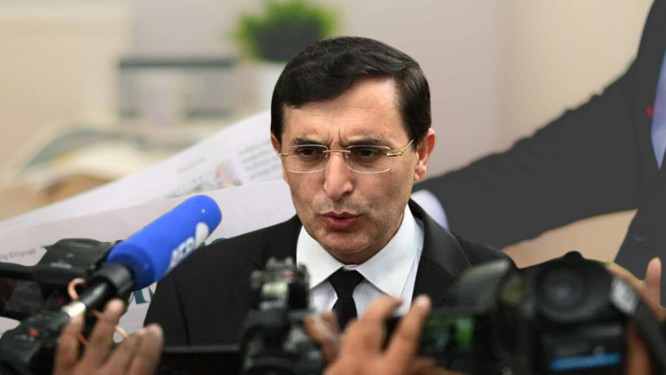The cost of the four-week conflict between Pakistan and India is estimated at $500 billion

The estimated total expense for airstrikes and ongoing combat air patrols for the PAF is over $25 million daily.
The ongoing conflict between India and Pakistan has already placed considerable economic strain on both nations.

In terms of military expenditures, three key cost factors are prominent: airstrikes, widespread drone usage, and heightened combat preparedness.
If the Indian Air Force (IAF) carries out roughly 100 sorties daily with aircraft such as the Rafale, Mirage 2000, Su-30MKI, and Tejas, the estimated fuel and operational expense for each sortie amounts to about $80,000.
If precision-guided munitions (PGMs) such as SCALP EG, Spice 2000, Hammer, and laser-guided bombs (LGBs) are utilized at a rate of 30 to 40 munitions per day, the cost per individual weapon can vary from $100,000 to $1.1 million.
This could lead to a total expenditure of around $6 billion over a four-week period for sustained airstrikes. In India, the daily operation of about 30 unmanned aerial systems—including Harop and IAI loitering munitions, as well as Heron and Searcher drones—supported by Intelligence, Surveillance, and Reconnaissance (ISR) operations, logistics, and electronic warfare (EW) capabilities, incurs significant costs.
When considering UAV losses and replacements, satellite bandwidth, ground control stations (GCS), and jamming functionalities, the estimated daily cost could reach $100 million, culminating in nearly $3 billion across four weeks.
If India were to deploy 10 BrahMos missiles—launched from air, land, or sea—alongside 10 to 20 Pralay ballistic missiles or precision-guided Multiple Launch Rocket Systems (MLRS), the associated expenses would likely amount to $150 million daily, totaling around $4.5 billion over the same four-week duration. During periods of “heightened readiness,” daily costs can be considerable.
The mobilization of troops and fuel consumption is projected to be about $40 million daily, while maintaining air defense systems like the S-400, Akash, and BARAK-8 adds another $20 million per day.
The readiness of naval forces for both the Eastern and Western Naval Commands further contributes an additional $50 million daily. Cumulatively, these readiness expenditures amount to roughly $5.4 billion over four weeks.
For the Pakistan Air Force (PAF), the collective cost of airstrikes and sustained combat air patrols is estimated to exceed $25 million each day, translating to about $1 billion over four weeks. In addition, drone operations involving the deployment of Turkish Bayraktar systems alongside missile launches like Ra’ad and Hatf-VII are projected to incur an extra $450 million.
In Pakistan, expenses related to heightened readiness and border alert—including troop movements, fuel usage, radar activation, surface-to-air missile (SAM) deployments, and the mobilization of intelligence and signals intelligence (SIGINT) assets—are estimated at $15 million daily, summing to approximately $450 million over four weeks.
Beyond direct military costs for India, the wider economic ramifications include four key categories of impact. Firstly, GDP disruption is estimated to reach $150 billion. Secondly, fluctuations in financial markets and currency depreciation could lead to losses of around $90 billion.
Thirdly, trade disruptions and supply chain interruptions are expected to cause losses of about $80 billion. Lastly, foreign direct investment (FDI) inflows may decline by approximately $100 billion.
Pakistan, too, faces significant indirect economic effects from the conflict. GDP disruption, arising from interrupted economic activity and general uncertainty, is estimated at $25 billion.
Financial market instability and currency depreciation could result in losses of around $15 billion, while trade and supply chain disruptions could cost about $12 billion, in addition to $5 billion in FDI and IMF-related losses. Altogether, the total cost of the conflict for both Pakistan and India is projected to surpass $500 billion over a four-week period.





